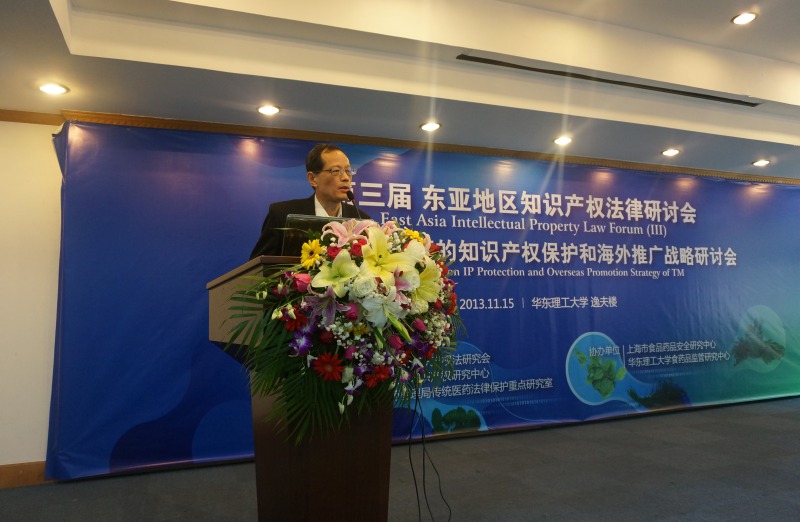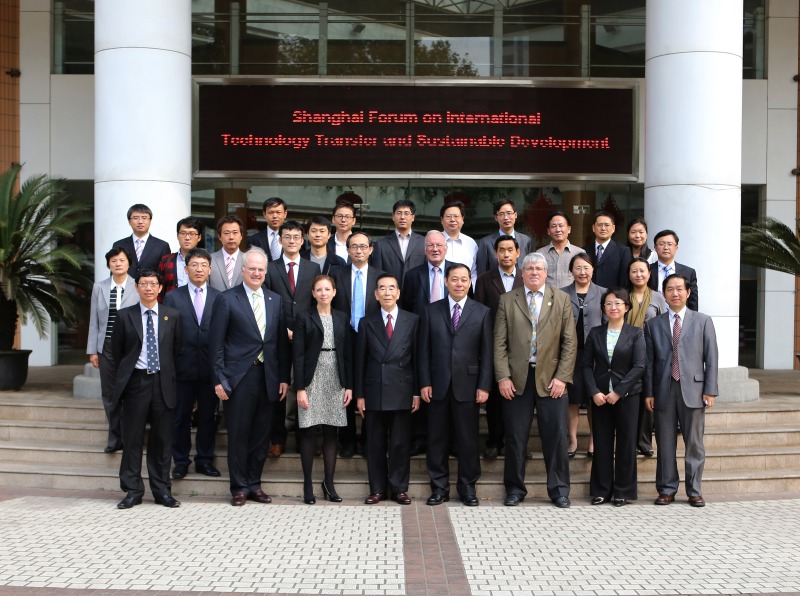Institute of HealthSciences Discovered the Self-renewal Gene in HSC
The research team led by Pan Weijun in Institute of Health Sciences which is established by Shanghai Institutes for Biological Sciences(CAS) and Shanghai Jiao Tong University, has revealed the important regulatory mechanism of TopBP1 which could control the proliferation condition of HSC (hematopoietic stemcell). It pointed out the important function of injury transponder capacity of normal DNA in HSC self-renewal. This research result provided valuable drug targets for the treatment of relevant blood disease. The related resulted has been published on PLoSGenetics.
HSC was the ancestor cell of all blood cell and it maintained the need of blood through self-renewal. If the multiplication capacity been affected, the HSC bank cannot be maintained. Then it may led to anemia, immunodeficiency diseases.
The researchers discussed the key factors affecting the normal multiplication of HSC by using zebrafish inredirect hematopoietic as subjects. The research showed that the apoptosissignal which activated abnormally because of the retardation of DNA injury transponder process would cause the death of HSC bank. Meanwhile, under the effects of cell internal and external factors, HSC would generates lots of spontaneous mutations in normal proliferation process. These DNA injury would be recognized by DNA injury transponder pathways. The TopBP1could activated the activation of ATR and promoted the reparation process of DNA. However, the nonsense mutation of TopBP1 gene in zebrafish cas003 would cause the decrease of its expression level and the damage of DNA injury transponder pathways. Finally, this nonsense mutation would cause the accumulation of DNA injury in HSC and the death of cell.
Time:2015.7.8
Source:China Science Daily
next:Gene Control Could Improve The Appearance Quality of Rice


